Wentworth-Coolidge Mansion
Introduction
Text-to-speech Audio
Images
Original sections of the Wentworth-Coolidge Mansion date back to 1695.
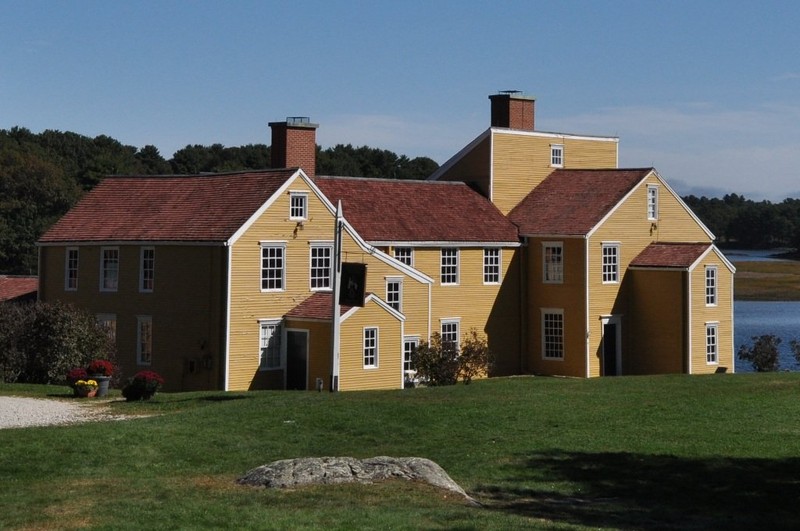
Art and architecture meet at the Wentworth-Coolidge Mansion.
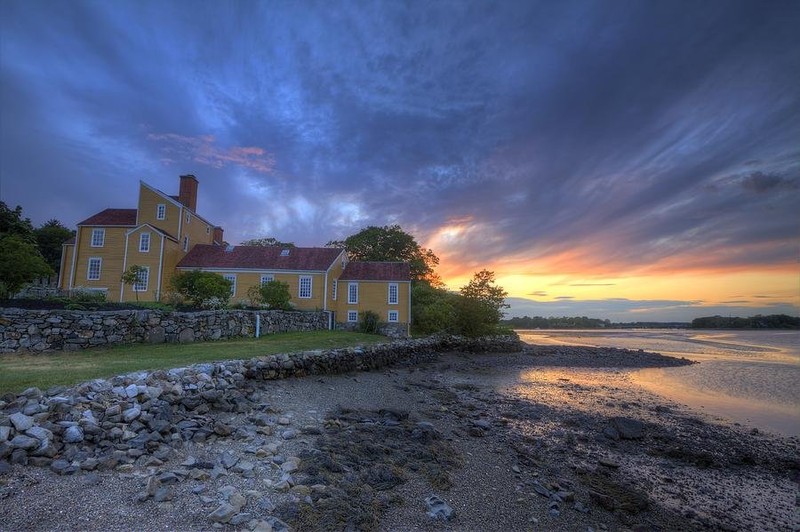
This aerial shot reveals the true size of the mansion.
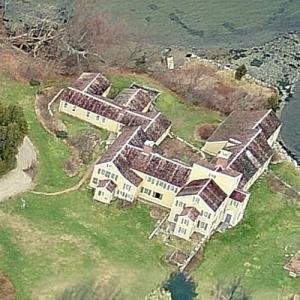
One of the many bedrooms located within the mansion.
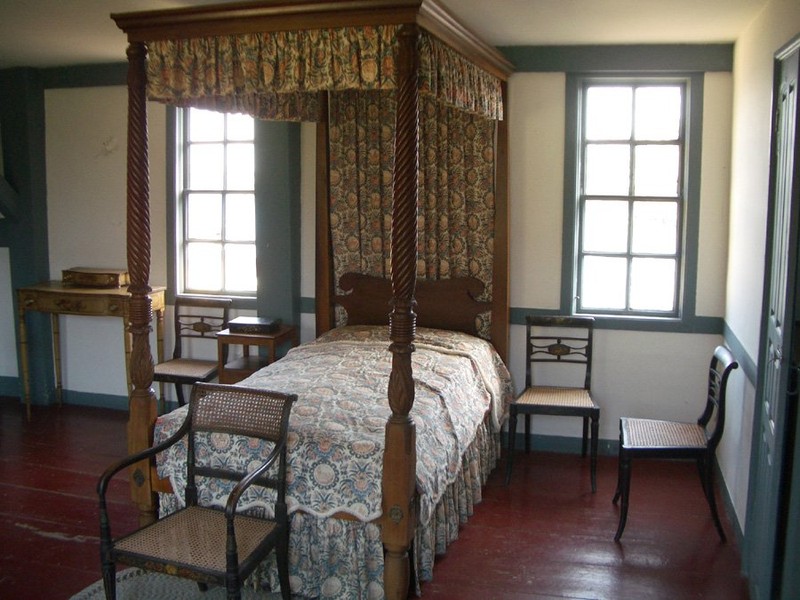
These visitors enjoy the mansion's annual Lilac Festival which occurs in late May.
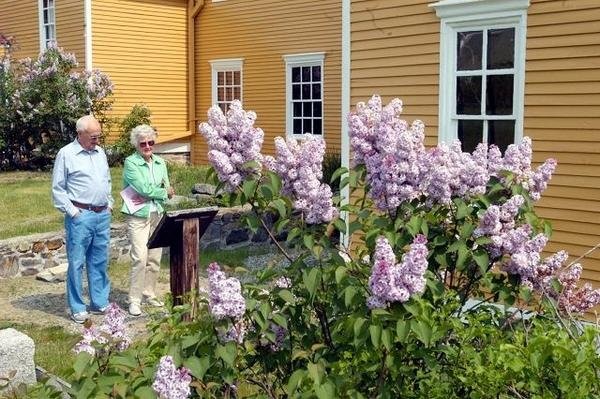
Backstory and Context
Text-to-speech Audio
In 1741, King George II separated the colony of New Hampshire from Massachusetts during war with Spain, referred to as the War of Jenkins’ Ear. In doing so, the Crown required a colonial governor for the new colony and the king appointed Portsmouth native and Harvard graduate (1715), Benning Wentworth. At the time, Portsmouth, as its name implies, was an important import-export center, intimately involved in the era’s “triangular trade.” The Wentworths were a prominent mercantile family during this time. Benning Wentworth accepted the governorship in return for dropping a legal claim of payment against the British government.
Benning Wentworth then moved the seat of his colonial government to a 100-acre plot of land along Little Harbor in 1753. The 1695 fisherman’s home located there had been expanded in 1730 and Wentworth would expand it again in 1750, creating the rambling, clapboard mansion that occupies the space to this day. Wentworth resigned as governor in 1767 after colonists accused his administration of corruption, excessive taxation and nepotism. He was succeeded by his nephew, John Wentworth and later donated 500 acres for the creation of Dartmouth College. Wentworth was also known for his somewhat scandalous marriage to his much younger housekeeper, Martha Hilton, in 1760 after the death of his first wife. This marriage is the subject of a Henry Wadsworth Longfellow poem. Wentworth died in 1770 in Portsmouth.
The mansion and grounds were later acquired by the Cushing family in 1816 and they began showing it to the public in the 1840s. In 1886, the home and 15 acres were purchased by John Templeman Coolidge. Coolidge was a talented Boston artist and a trustee of the Boston Museum of Fine Arts. He, along with the founder of the Society for the Preservation of New England Antiquities, Sumner Appleton, restored the mansion and the Coolidge family used it as a summer home. Eventually, Coolidge turned the site into a summer artist’s colony that was visited by the likes of John Singer Sargent, Edmund Tarbell and Isabella Stewart Gardner.
Coolidge died in 1945 and the land and mansion were donated to the state in 1954 by Mary Abigail Parsons Coolidge. The home underwent an extensive restoration in 1966 and a barn on the site was converted into a visitor center in the late 1990s and became an art gallery and winter art school in 2000. The gallery then sat idle until the Drift Gallery relocated there from Kittery, Maine in 2013. Today, the site is devoted to hosting community events and supporting the local arts.
Sources
Rettig, Polly & Charles Snell. "National Register of Historic Places Nomination Form." United States Department of the Interior/National Park Service. October 26, 1967. Accessed May 21, 2019. https://npgallery.nps.gov/NRHP/GetAsset/NHLS/68000011_text
"Mansion History." Wentworth-Coolidge Mansion. Accessed May 21, 2019. http://wentworthcoolidge.org/history/mansion-history/
Garvin, James. "Outline of a tour of the Wentworth-Coolidge Mansion Portsmouth, New Hampshire." NH.gov September 30, 1992. Accessed May 21, 2019. https://www.nh.gov/nhdhr/publications/documents/wentworth_coolidge_tour.pdf
Robinson, J. Dennis. "How the Coolidge Family of Boston Saved Wentworth Mansion." Seacoast NH. 2009. Accessed May 21, 2019. http://www.seacoastnh.com/History/History-Matters/how-the-coolidge-family-of-boston-saved-wentworth-mansion/?showall=1
